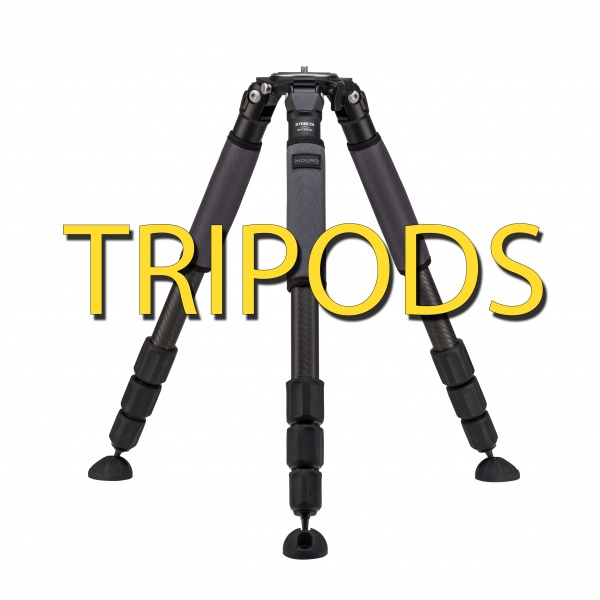Bob sells Tripods (Induro and Benro), Filters (Vu), Camera Bags & Backpacks (Tenba, Peak Design), Camera Straps (Peak Design), Sensor Cleaning Supplies (Eye Lead), Lens Covers (Storm Jackets), Phottix Flashes, and Elinchrom Lighting Systems. We fit each item to your needs. Frequently we offer classes that instruct you on how to use the equipment for the best results (Filter Workshop, Long Exposure Workshops, On-Camera & Off-Camera Flash, Studio Lighting Workshops, etc.) If you would like your camera cleaned the first time by Bob and the lens calibrated, we make an appointment for that! All equipment is sold by appointment or after a workshop.



